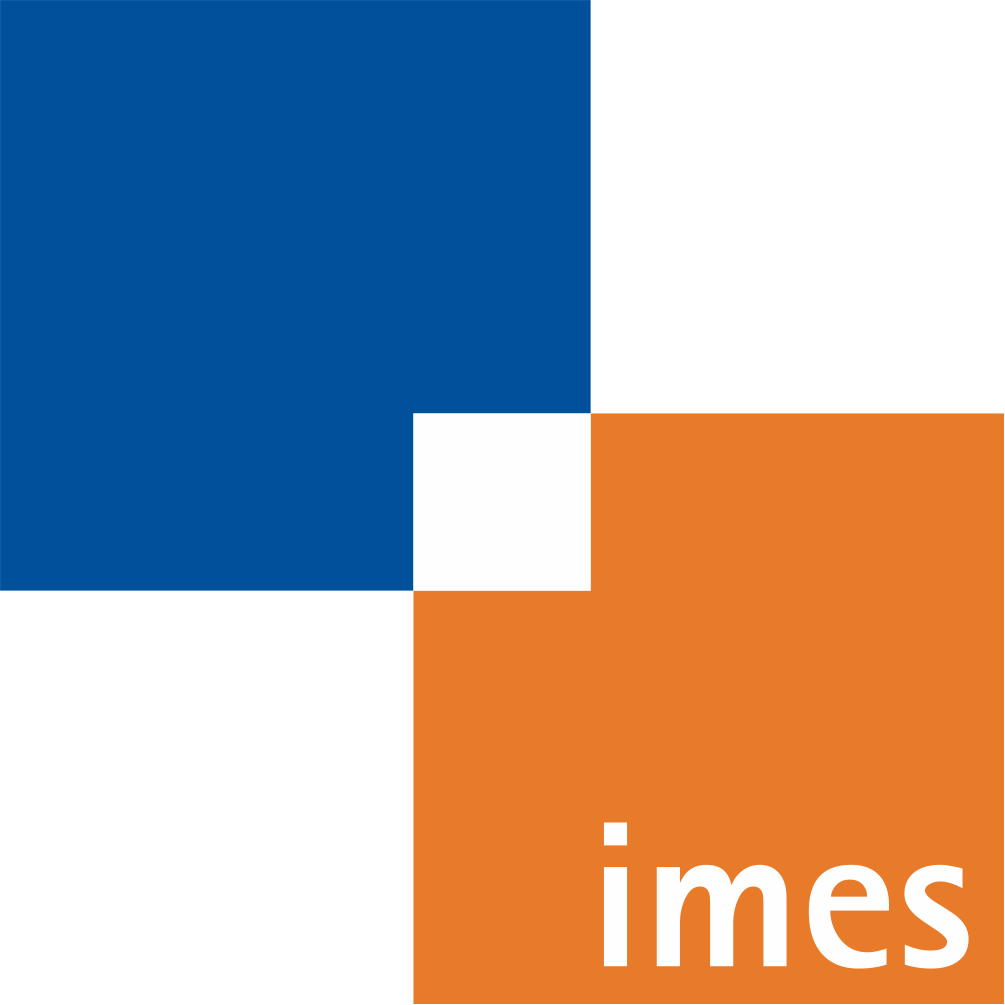Development of a Steerable Miniature Instrument to Manage Internal Carotid Artery Injury in Endoscopic Transsphenoidal Surgery Simulation
- verfasst von
- Leon Budde, Nicole Wing Lam Hon, Jongwoo Kim, Ian Witterick, Paolo Campisi, Yvonne Chan, Vito Forte, James Drake, Thomas Looi
- Abstract
Endoscopic transsphenoidal surgery is challenged by restricted visualization and dexterity, and the risk of internal carotid artery (ICA) injury. This study pursued two objectives: Development of a steerable, miniature multi-tool combining visualization and suction/irrigation, and development of a simulation model for ICA injury. The multi-tool featured a two degrees of freedom notched nitinol wrist controlled by a joystick. A theoretical range of motion of 90 degrees was intended. The inner lumen of the wrist was designed for suction and irrigation, a miniature camera attached to the tip would provide visualization. During testing, slack in the actuation cables affected the tools workspace and control. A maximum force of 0.45 N was applied through the tip. The simulation model was manufactured from medical grade ABS. It featured a removable nose cartridge for a cost efficient replacement method. A peristaltic pump and a needle tip were used for ICA injury simulation. For future evaluation of the model, a 5 point Likert scale was developed. Despite successful tests, some limitations remained. The tool was affected by slack and did not include illumination. No mucosal layer was included in the simulation model and haemostasis had to be assessed manually.
- Organisationseinheit(en)
-
Institut für Mechatronische Systeme
- Externe Organisation(en)
-
University of Hong Kong
University of Toronto
- Typ
- Artikel
- Journal
- IEEE Transactions on Medical Robotics and Bionics
- Band
- 3
- Seiten
- 281-284
- Anzahl der Seiten
- 4
- ISSN
- 2576-3202
- Publikationsdatum
- 02.12.2020
- Publikationsstatus
- Veröffentlicht
- Peer-reviewed
- Ja
- ASJC Scopus Sachgebiete
- Angewandte Informatik, Artificial intelligence, Mensch-Maschine-Interaktion, Steuerung und Optimierung, Biomedizintechnik
- Elektronische Version(en)
-
https://doi.org/10.1109/tmrb.2020.3041897 (Zugang:
Geschlossen)
